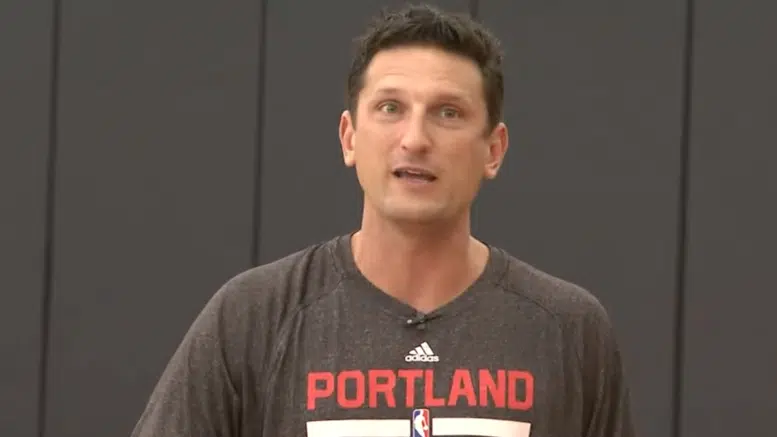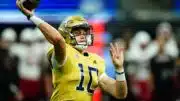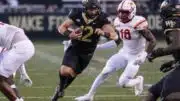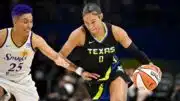Sports is politics. Don’t ever let anyone tell you otherwise. Whether it’s racism, sexism, homophobia, or transphobia… it all plays out on our screens during professional and amateur sporting events. Billie Jean King took on the wage gap back in 1973, when she was paid just $10,000 (compared to $25,000 for the men) at that year’s US Open. The USWNT faced off against US Soccer over the pay disparity between their contract and that of the men’s team, which was paid more for being far less successful.
Now, the WNBA has entered the wage gap chat — and completely stepped in it.
Adrian Wojnarowski reported on Twitter today that Orlando Magic assistant coach Matt Tibbetts has been hired as the new head coach of the Phoenix Mercury and, in the process, will become the highest-paid coach in WNBA history.
If Nate Tibbetts is set to be the highest-paid coach in the league, that means he’s making more than four-time WNBA champion and three-time Coach of the Year Cheryl Reeve of the Minnesota Lynx, more than the Chicago Sky’s Teresa Freaking Weatherspoon, one of the WNBA’s icons, who has been working as a Pelicans assistant coach since 2019, more than former WNBA star Sandy Brondello, whose Liberty are currently playing in the WNBA Finals, and electrifying the hoops fans everywhere.
Come ON.
Nate Tibbetts is fine. He’s a journeyman assistant coach who has never coached women’s basketball, as far as the internet knows. Tibbetts has worked for teams in the G-League, as well as the NBA, but there’s certainly nothing in his background that screams “WE HAVE TO GET THIS GUY!” And, as Tamryn Spruill wrote earlier this year, the WNBA has a deficit of women of color in their coaching ranks:
Between the league’s inaugural season in 1997 and today, there have been 93 head coaches, including those working under an interim tag, and contracted for the forthcoming 2023 season. Of them, 52 have been white, and 41 have been Black — a notable difference in a league that has historically been more than 75 percent Black.
It would be great if we were in a place where jobs in sports are so equitable, we could shrug our shoulders at who gets hired to do what job, what demographic groups they belong to, and how much they are being paid.
We are not.
For years, we’ve watched Becky Hammon interview with team after NBA team, who love to trumpet the fact that they are considering her to the press, but who keeps coming up empty. I don’t know if another woman has ever even been interviewed for an NBA head coaching job, outside of Hammon and Dawn Staley.
What I do know is this: According to the GAO, white women make approximately $.82 for every dollar a white man makes. Black women make $.63 per every dollar. Latina women make $.58. Not only that, women make up 44 percent of the workforce, but only 41 percent are in management positions. In those jobs, the pay gap is even greater, with women managers making $.77 for every dollar male managers make. Every woman you know has a story about a man doing the same job and getting paid more.
When it comes to equity and inclusion, no league has stood up for marginalized groups than WNBA players, who led the fight to keep Breonna Taylor’s name front and center in the summer of 2020. They organized to take down Kelly Loeffler and get Raphael Warnock elected to the Senate. And, in 2020, the players won a collective bargaining agreement that has been held up as a model for professional female athletes in other leagues. It’s offensive to the players and fans that a white man whose only head coaching experience is in the G-League is making the highest salary in the history of the league. And it’s antithetical to everything WNBA players have stood for.
Sports are a microcosm of our society — a mirror in which we can see the best and worst of who we are as a people. Unfortunately, in both the microcosm and the world at large, the gender pay gap is still alive, and well.
Original source here
#WNBA #wage #gap #problem





